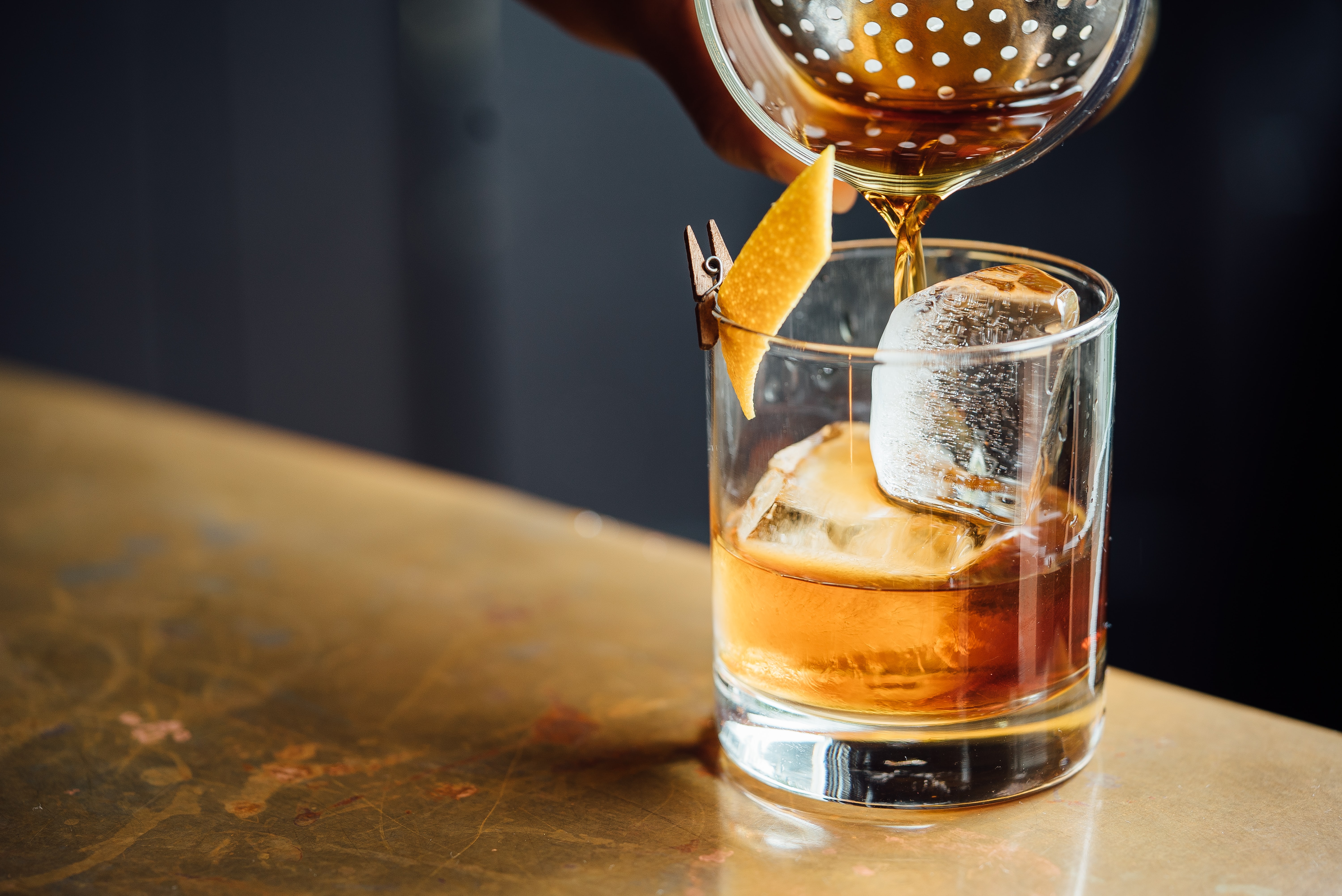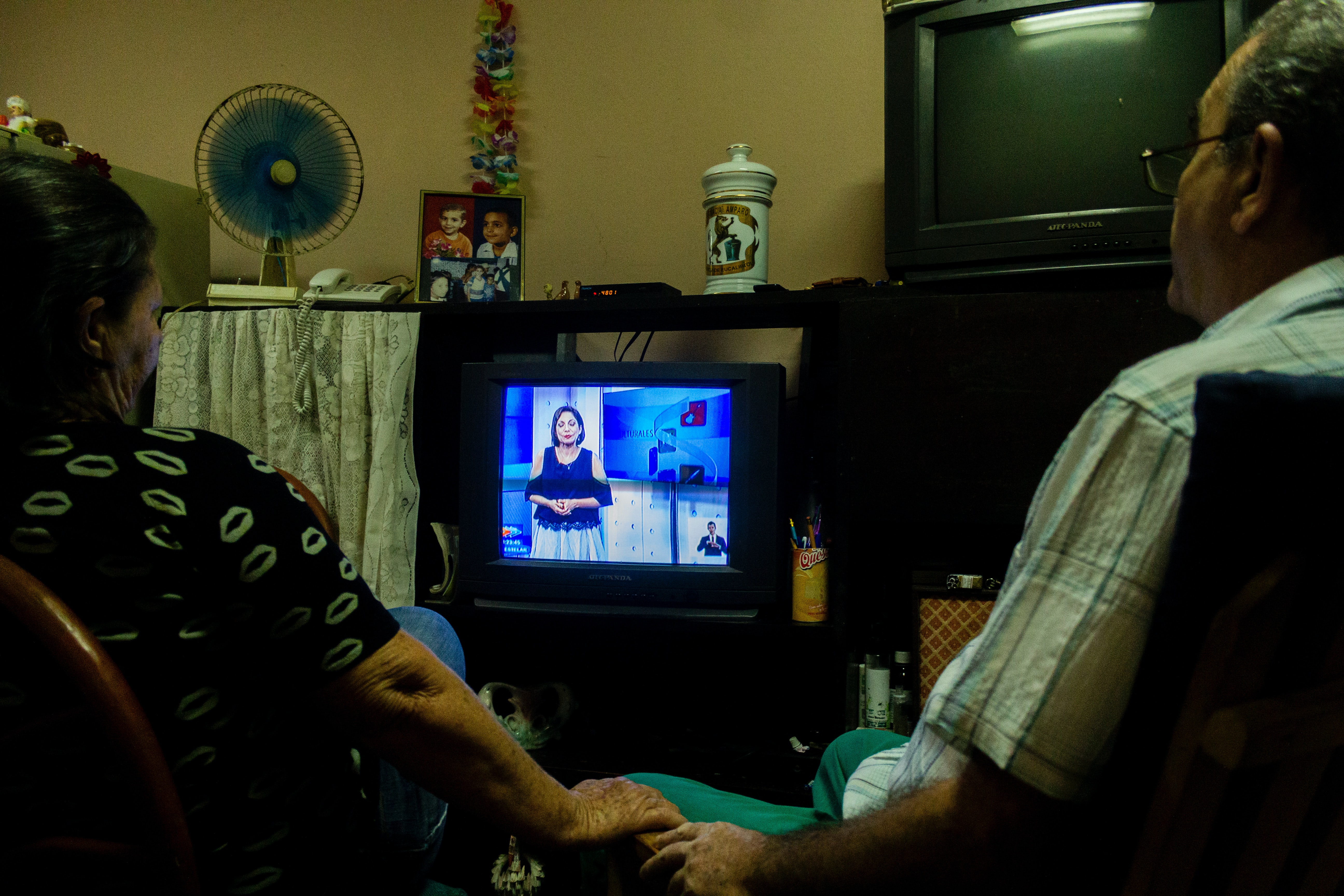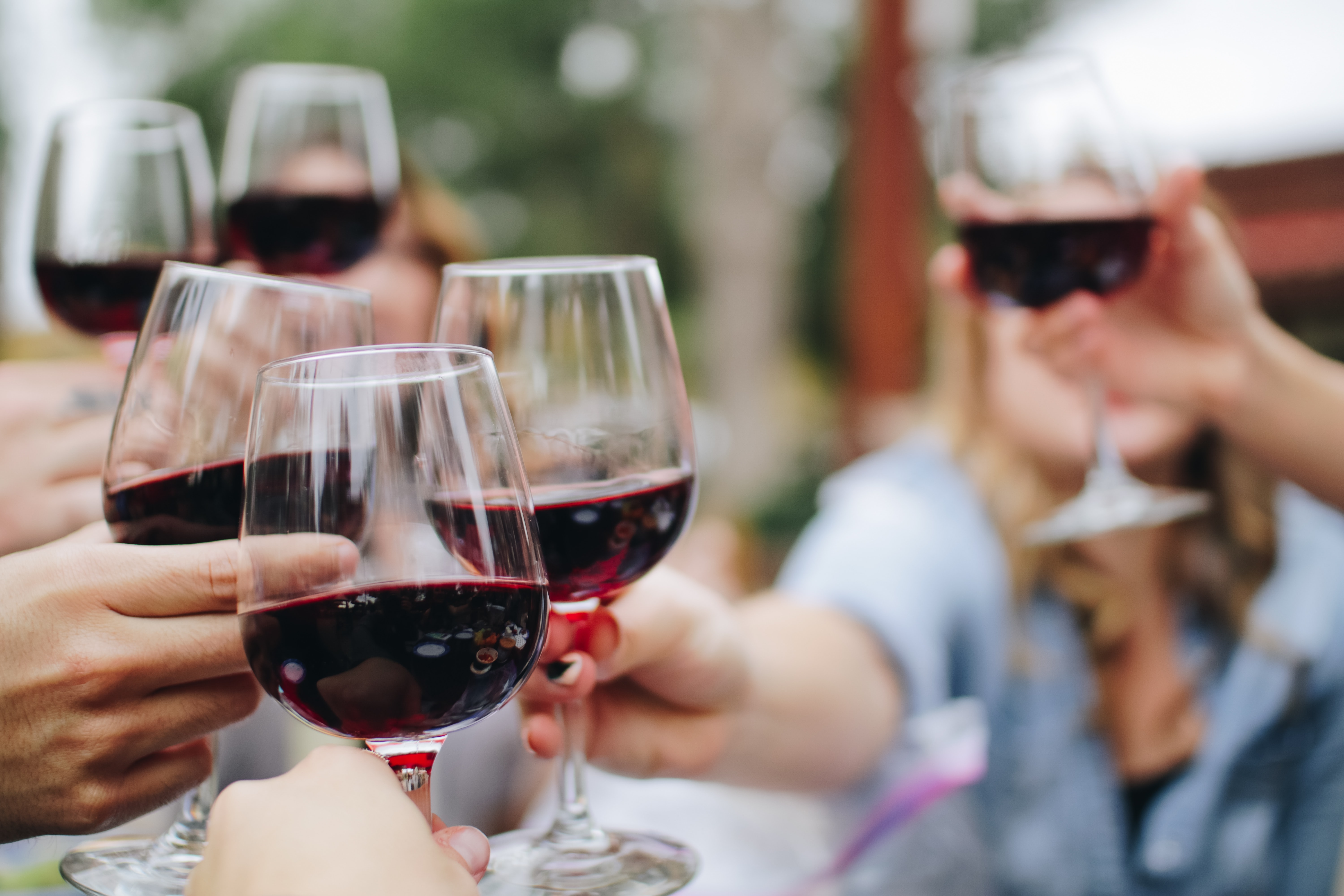Author David Gluckman looks back at his career: the launch of Baileys, Piat d'Or and Aqua Libra and the early days of IDV (the company that became Diageo) and how it was the most empowering organisation he ever worked for
‘Empowerment’ is a word for large organisations. It’s about rallying the troops. It’s a ‘big management’ word. My perspective on empowerment may be a bit different. I was at most a two-man company and for much of my career, a lone hand.
There were no battalions to marshal or cries to action. But there was empowerment. It came from company management. The clients. They resided in a company called IDV – International Distillers & Vintners – a drinks company which, through a series of mergers and acquisitions, became Diageo, the world’s largest producer of alcoholic drinks.
Prior to becoming a new brand developer, I worked in advertising - in 1960s London
It was not an empowering environment. In fact it was often downright adversarial. We were challenged, or more often than not, threatened to produce good work. And the definition of good was determined not by the judgment of the client who commissioned the work, but by consumers, who passed sentence on the ideas via the intermediary of market research.
The most empowering moment of my career came early - in 1973
My partner and I had set up an independent brand development consultancy. We had one client and a sketchy brief we called the ‘Wexford whisper’. It came from Ireland, from a client we’d never met.
We took a single brand idea to Dublin in response to the brief. There was no Plan B. We were empowered by the total conviction that it was a great idea.
The brand was Baileys Irish Cream.
The client bought it almost exactly as it was presented. One word was changed. Bailey's changed my life. Thereafter, I only ever presented a single solution to a client brief.

Allsop Arms, the first pub to sell Baileys
I remembered a UK ad agency in the 60s called Collett Dickenson Pearce. They were said to only ever present a single ad campaign in response to a client brief. People like me, who worked in more conservative establishments, wondered how they managed it. But looking back now, if you set out to find a solution you really believe in, there can only be one answer. CDP were right.
Fast forward to 1982
Tom Peters happened. He published a seminal book called In Search of Excellence. In it he introduced the idea of ‘Brand Champions’. These were people in the highest echelons of the organisation who had the power, and funds, to make things happen. What we enjoyed most about Tom Peters’ book was that it advocated things we were already doing. Baileys happened because we presented a single idea to the man who ran the company. And he bought it. Piat d’Or followed a similar line.


Le Piat d'Or advert (1988)
We introduced the book to the IDV board and a few months later a ‘system’ was put into place. Suddenly board directors were commissioning new brands. Innovation was no longer the domain of brand managers, marketing managers or even marketing directors. There were new ‘champions’ on the block.
The people who commissioned ideas were more interested in how soon we could deliver than in how much consumer evidence we had to support an idea. It became one of the most exciting periods of my working life.
One of the first results of this sea-change was The Singleton
It’s now the 5th largest-selling malt whisky in the world. It was created in a few months with not a penny spent on market research. There was one basic idea – a ‘bridge’ malt to attract blended whisky drinkers. There was only ever one brand name, one pack design and one product.
The empowerment came from the man who was running IDV’s whisky business at the time. He knew the business and knew what he wanted. His name was David Maxwell Scott. That would never have happened through the traditional brand/marketing management system. It would have taken too long and cost too much. And chances are, the idea would have been dumbed down by consumer feedback. We would have ended up reinventing an existing brand. This became the most empowering period of my business life. It helped solidify my ‘No Plan B’ approach. There would only be a single solution to a brief. These board directors were interested in decisions not options.
There’s a huge amount of noise about replacements for alcohol these days
Brands like Seedlip and Aecorn strutting their stuff across the airwaves. But it isn’t new. An IDV board director, Tim Ambler, identified the opportunity back in 1984. He wanted a range of ‘new age’ drinks which offered a healthy alternative to alcohol. He saw the trend. But 30 years too early.
Dexters was a hypotonic sports drink that ‘Puts back the minerals exercise takes out – without the calories’. It rode on the health and fitness boom in the 80s. It was a calorie-free drink you could order without implying that you were overweight.
Then Tim asked for a brand that would appeal more to women and we came up with Aqua Libra, one of the signature drinks of the 80s. It took a lot of debate but when it eventually emerged I can remember selling it to him off the back of an envelope in a couple of minutes.
It worked because we both understood the problem. And we were therefore both able to recognise the solution.
Aqua Libra soared through the 80s...
and was even spontaneously nominated by Princess Diana as one of her favourite drinks. And the next brand off the bus, Purdey’s, is now a major player in the Britvic portfolio.
We took those brands to market on miniscule expenditure. So if they failed it didn’t matter.
And here again, the empowerment came from the person commissioning the work. Knowing that someone was likely to buy an idea and let us turn it into a brand, was the most stimulating experience of my business life.

The ‘Champion’ idea hung in til the early 00s
Tanqueray Ten was commissioned by John McGrath, CEO, when Bombay Sapphire left the building. And Cîroc emerged when top management asked for a brand to compete with Grey Goose.
But then, I think, the music died.
I don’t think there was an ‘IDV Empowerment Formula’. It wasn’t that kind of company. The ‘system’. Such as it was, worked best under these conditions:
- The people who hired us trusted us. The ‘process’ was based on discussion and negotiation. They also had a clear understanding of the business they were in.
- The more educated the marketer, the more likely we would be to embark on a costly, time-consuming research journey. And this never worked.
- If you think about it, most of the time and all of the money wasted in brand development comes from people not being able to take decisions. They didn’t trust their own judgement. And many people still don’t. We presented new ideas as faits accomplis. We asked consumers if they wanted the brand or not. And many times if they didn’t like it, we did it anyway.
- We believed that the best way to test an idea was in the market. And we got there as quickly and cheaply as we could.
Despite the thundering percussion of this brave new marketing world, being brave is nothing new. And empowerment comes from people at the top of the organisation who know their business and know what they want. IDV was the bravest, most empowering company I ever encountered.
This article was taken from issue 2 of Marketing Society members-only publication EMPOWER. Find out more here and see past articles here (please note some articles are open to the public and some are for members only.)



